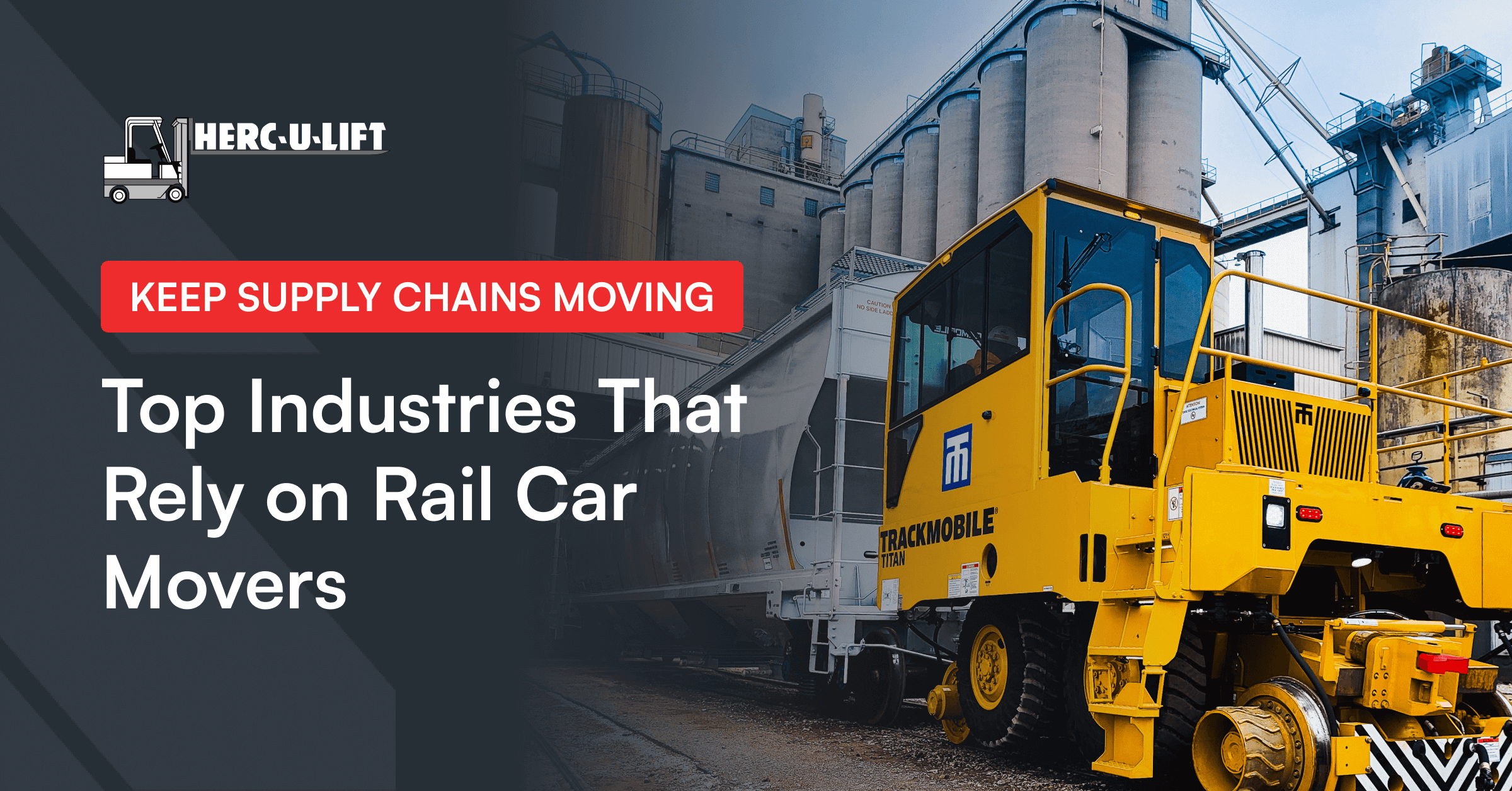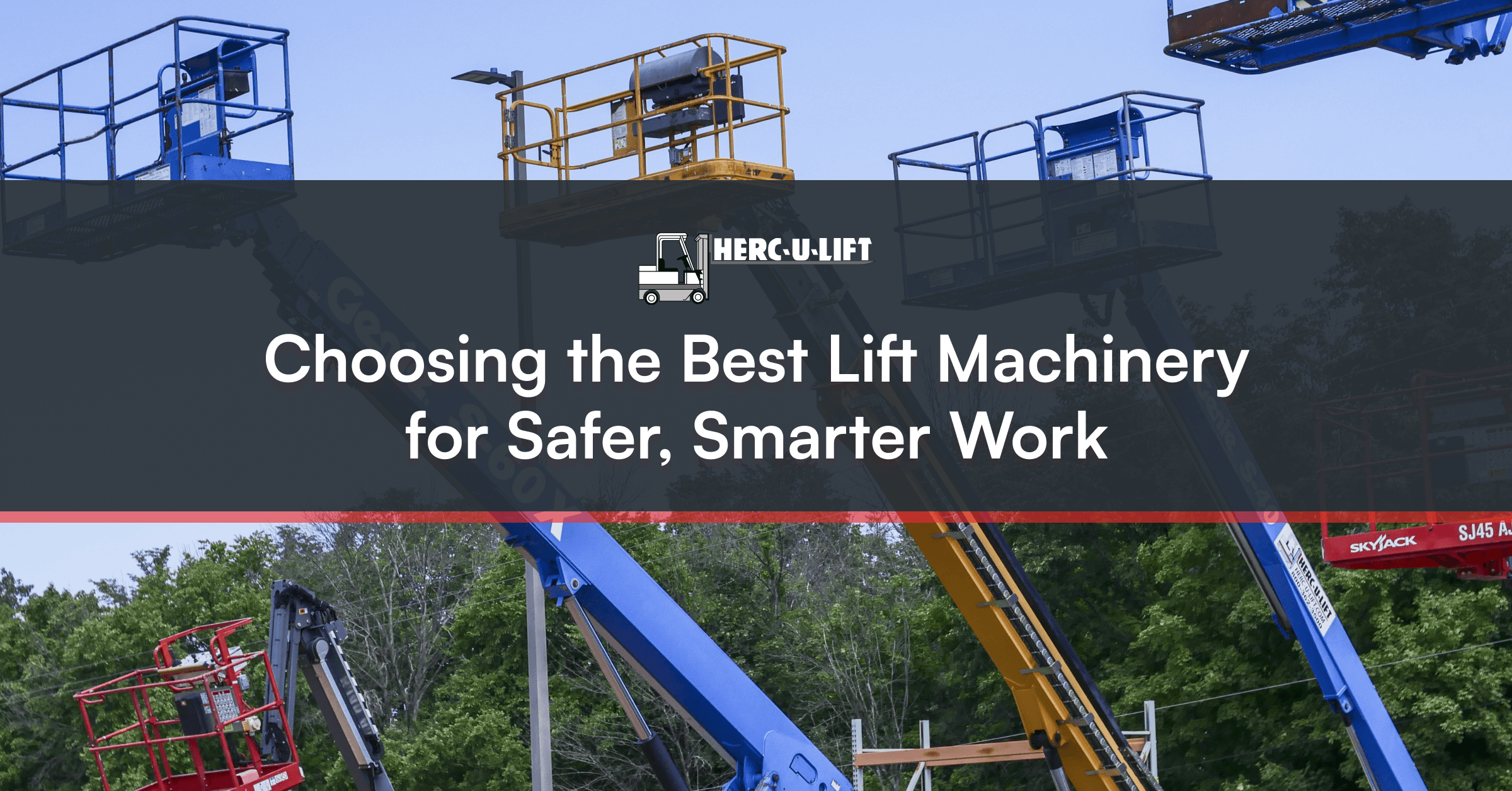Rail yards are fast-paced places. Yet the heavy lifting isn’t always done by massive locomotives. Sometimes a smaller piece of equipment handles the job: the rail car mover.
Think of a rail car mover as the unsung hero of industrial logistics. It’s a unique vehicle that can roll on pavement like a truck, then switch onto tracks to push or pull rail cars. That dual capability makes it invaluable in places where efficiency is everything and downtime costs real money. From grain elevators in Iowa to steel mills in Ohio, rail car movers are the behind-the-scenes engines that keep supply chains on track.
In this feature, we’ll tell you all about rail car movers’ roles and industry uses. What follows draws on years of industry experience, site visits, and practical applications. Take it from someone who knows the yard inside and out!
The Role of Rail Car Movers in Modern Industry
Railcar movers may not look flashy, but they punch far above their weight class. Unlike locomotives built for long-distance hauls, movers excel at short, precise yard movements. Their ability to switch between pavement and rail tracks makes them highly versatile.
From an efficiency standpoint, movers can be deployed quickly, reposition cars with accuracy, and complete yard tasks faster than traditional locomotives. Their lower ownership and maintenance costs also add to their appeal.
Most modern models come equipped with advanced braking, remote operation, and safety systems. These features minimize manpower requirements. Plus, they improve on-site safety during loading/unloading operations.
Top Industries That Rely on Rail Car Movers
Manufacturing & Heavy Industry
Manufacturing industries such as steel, automotive, and fabrication depend heavily on rail car movers. In a steel mill, enormous coils of sheet metal may need to be positioned for processing multiple times a day. At an auto plant, rail cars loaded with engines, axles, or components must be maneuvered to match the production schedule. In a large-scale fabrication yard, steel plates, beams, and other heavy raw material shipments are also moved by rail car movers.
Agriculture & Grain Handling
When harvest season hits, grain elevators and feed mills process staggering volumes of product that must be loaded, unloaded, and shipped without delay. By shuttling strings of cars between silos, processing plants, and loading tracks, movers keep pace with the harvest surge.
Chemical & Petrochemical Plants
Safety isn’t just a box to check in chemical and petrochemical plants. This is where precision matters most. For example, a 200-ton car of liquid ammonia is not something you want drifting the wrong way.
Rail car movers provide the handling needed to move hazardous materials safely within tightly controlled plant yards. Movers reduce the risks associated with using larger locomotives in confined spaces.
Mining & Natural Resources
When you’re talking about coal or iron ore, you’re dealing with sheer volume and weight. Moving these commodities from loading points to rail connections requires power. However, locomotives are often impractical in rough or limited yard conditions. This is where heavy-duty rail car movers prove their worth. They can handle multiple loaded cars safely and efficiently, whether you’re working in coal mines, quarries, or mineral plants.
Intermodal & Logistics Terminals
In intermodal and logistics hubs, speed is the name of the game. Containers must be loaded and unloaded continuously. Delays ripple outward into costly disruptions.
Rail car movers can quickly position cars for loading cranes and trucks. They do not require the same setup time of larger locomotives. Supply chains are kept on schedule in port terminals, inland depots, and distribution centers.
Food & Beverage Processing
This sector sometimes surprises people, but food and beverage facilities are heavy rail users. Bulk shipments of sugar, corn syrup, malt, and other ingredients often arrive by rail car. Movers keep production lines supplied on time in breweries, sugar refineries, and food processing plants.
Key Features That Make Rail Car Movers Indispensable
So, what makes these machines more than just “smaller locomotives”? Well, rail car movers are engineered with unique features that make them extremely useful in industrial settings.
Mobility
The ability to switch between paved roads and rail tracks is their superpower. This provides a level of flexibility even locomotives cannot match.
Power
Their power output is another distinguishing factor. With high tractive effort, movers can pull multiple fully loaded cars without breaking a sweat. They eliminate the need for separate equipment.
Safety Enhancements
Remote control operation, fail-safe braking systems, and operator-friendly cabins increase their value. These capabilities add layers of protection while improving oversight for operators.
Adaptability
Perhaps most importantly, their adaptability allows them to perform in a wide range of environments. They’re compact enough for tight yards yet strong enough for heavy industry. They work well in compact food processing plants or sprawling mines. Those diverse capabilities are why railcar movers rank among the most versatile tools in industrial logistics.
How to Choose the Right Rail Car Mover for Your Industry
Selecting the right mover requires more than just choosing a familiar brand. Consider the following factors:
How many cars do you need to move at once? What’s the total load weight?
A grain elevator that needs to move loaded cars during harvest will have very different demands from a food processor that moves only a few cars each week. Evaluating the number of cars and the total weight you expect to move is critical to choosing the right model.
Are you in a sprawling yard, a compact plant, or a rough mining site?
A compact plant with tight yard layouts may need a smaller, more maneuverable unit. Meanwhile, a mine or steel facility will require a machine with rugged durability and high pulling power. Climate also matters. In cold-weather yards, you’ll want a mover with reliable starting power and traction systems that can handle ice and snow.
Does the mover meet industry regulations?
Industries dealing with hazardous materials must ensure that their chosen mover meets or exceeds regulatory standards.
Should you invest in ownership or stick with seasonal rentals?
Sometimes renting makes sense, especially for seasonal peaks. In other cases, ownership pays for itself in under two years. Either way, don’t forget to factor in fuel type, maintenance, and lifecycle costs.
Conclusion
From steel mills to sugar refineries, rail car movers are the quiet engines of efficiency in multiple industries. They cut downtime and reduce costs. Most importantly, they keep supply chains moving without a hitch.
If your operation still depends on a locomotive for short yard moves, it may be time to rethink your setup. Rail car movers might just be the missing piece in your logistics puzzle.
Ready to explore how a rail car mover could streamline your operation? Contact us to learn more about leading brands like Trackmobile and BOSS. We’ll provide expert guidance on which models are the best fit for your yard.



